Whether you're a seasoned graphic designer with years of experience or brand new to the design industry, one thing never changes: interviews are stressful.
Most graphic designers spend weeks polishing their portfolios in preparation for a graphic design interview but then neglect to spend enough time preparing answers to common interview questions. Portfolios are great to show off your design skills and showcase recent graphic design projects, but in the increasingly-competitive design industry, how well you interview can be what allows you to stand out from a sea of other applicants.
At the end of the day, hiring managers are looking for the best graphic designers for the job. That doesn't necessarily mean they're looking for the candidate with the most impressive portfolio. The interview process is where great designers can really stand out and is the perfect opportunity to showcase their passion for the role, skills, and creative process.
Thankfully, there are some common interview questions that most hiring managers will ask during the interview process. By carefully preparing answers for these questions ahead of your interview, you'll dramatically increase your chances of making a good impression and landing a job offer.
We've written this article as a step-by-step guide on how to prepare for your graphic design interview, with example answers to common questions.
Be sure to check out our guides on how to prepare for a job interview, how to use the STAR method, common remote job interview questions, Zoom interview tips, and how to find a remote job and get hired as well.

How to prepare for graphic design interview questions
Once you've landed a graphic design interview, there are a few simple steps you can take to give yourself the best chance of making a great impression.
Graphic design is a very broad category that encompasses a myriad of different design skills and disciplines. Depending on which company you're interviewing for and the specific role within the company, the hiring manager you'll be interviewing with will almost certainly have a list of highly specific requirements and skills that they're looking for.
The interview process is your chance to show the hiring manager that you tick all the right boxes and are the best candidate for this specific role. All you have to do is make that blindingly obvious. You want to make their job easy. And the best way to do that is by researching and preparing answers that are tailored to the role and company prior to your interview.
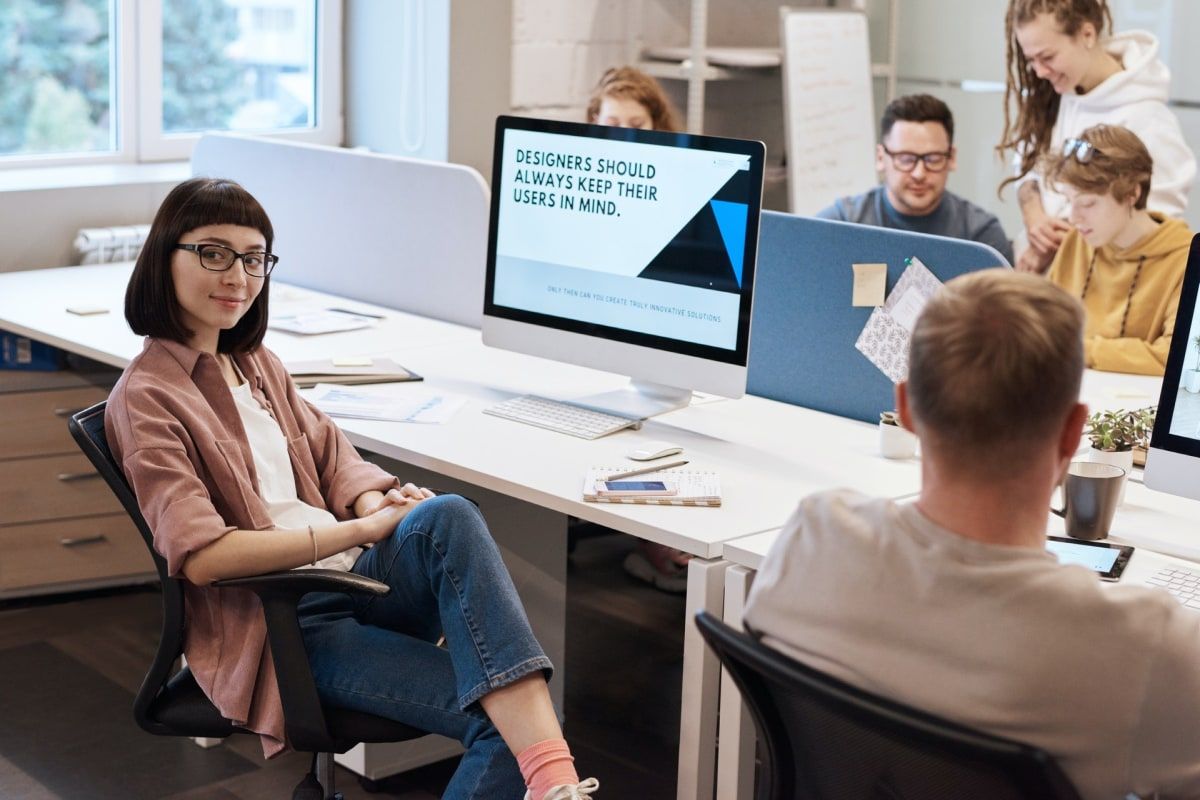
As an example, say you're interviewing for a graphic design role at Intercom. They're a large company with a massive design team and are likely looking for highly-specific skills and strengths to fill gaps in their team such as illustration, 3D, or print design. VEED.IO often looks for graphic designers with specific design skills and experience in creating video assets such as thumbnails and templates.
The best way to prepare for your graphic design interview is to research and understand exactly what design skills and strengths they're looking for and then practice answering them.
Of course, it's impossible to prepare an answer to every possible graphic design interview question. But if you're armed with a thorough understanding of the company, the job description, the design team, and what the hiring manager is looking for, you'll be miles ahead of candidates with more industry experience.
Follow these simple steps as part of your preparation for your graphic design interview to help tailor your answers to the role.

Step 1: Research the company
Hiring managers are looking for graphic designers who are clearly knowledgeable and passionate about the opportunity. Spending as much time as you can thoroughly researching the company, their mission, products, industry, and design culture is one of the most valuable things you can do to prepare for the interview process.
The goal here should be to be the most knowledgeable candidate who clearly has passion and is excited about the job. Researching the company not only helps you to tailor your interview question answers to the job, but they'll show your potential employer that you're passionate about the opportunity.
Understanding how the company thinks about design is an important part of this research. It's also incredibly interesting because every company is different and approaches design differently.
The most obvious place to start is with the company's website. Read their mission statement, values, about pages, blog posts, and learn as much as you can about their products and industry.
If you're interviewing at a large company, chances are you'll have a huge amount of resources available that dive even deeper. Here are a few examples of companies who openly and transparently share their design culture online:
- Design at Canva
- Zendesk's Brandland
- Design at Square
- Getting Hired for Design at Mailchimp
- Design at Google

Look for more interviews with design managers, podcasts, blog posts, case studies, and anything else that you can find that will help you in your preparation for the job interview.
The harder these are to find, the more valuable they'll be for your interview. They're often packed full of insights about the company design culture, their goals, tools they use, and their plans that most job candidates will be oblivious to. This is what will give you an edge over other designers interviewing for the role.
More broadly, here are some great resources to dive into when researching the company:
- AngelList: A tech & startup job board with thousands of company profiles.
- Crunchbase: Crunchbase is a platform for finding business information about private and public companies.
- Glassdoor: Glassdoor is a great place to find what current and former employees think about the company.
- Linkedin: Linkedin can be a cheat sheet for learning more about a potential employer's organizational structure. You can use it to find out who you'll be working alongside and learn more about them, including any interviews they've done or helpful content about the company they've written.
- Himalayas: A remote job board with in-depth company profiles on thousands of remote companies. Our company profiles outline what each company does, its tech stack, and employee benefits.
- Employee handbooks: If the company has a public employee handbook, you've struck gold. Not only will this knowledge help you shape your definition of success for the role, but it'll help you prepare some insightful questions of your own.
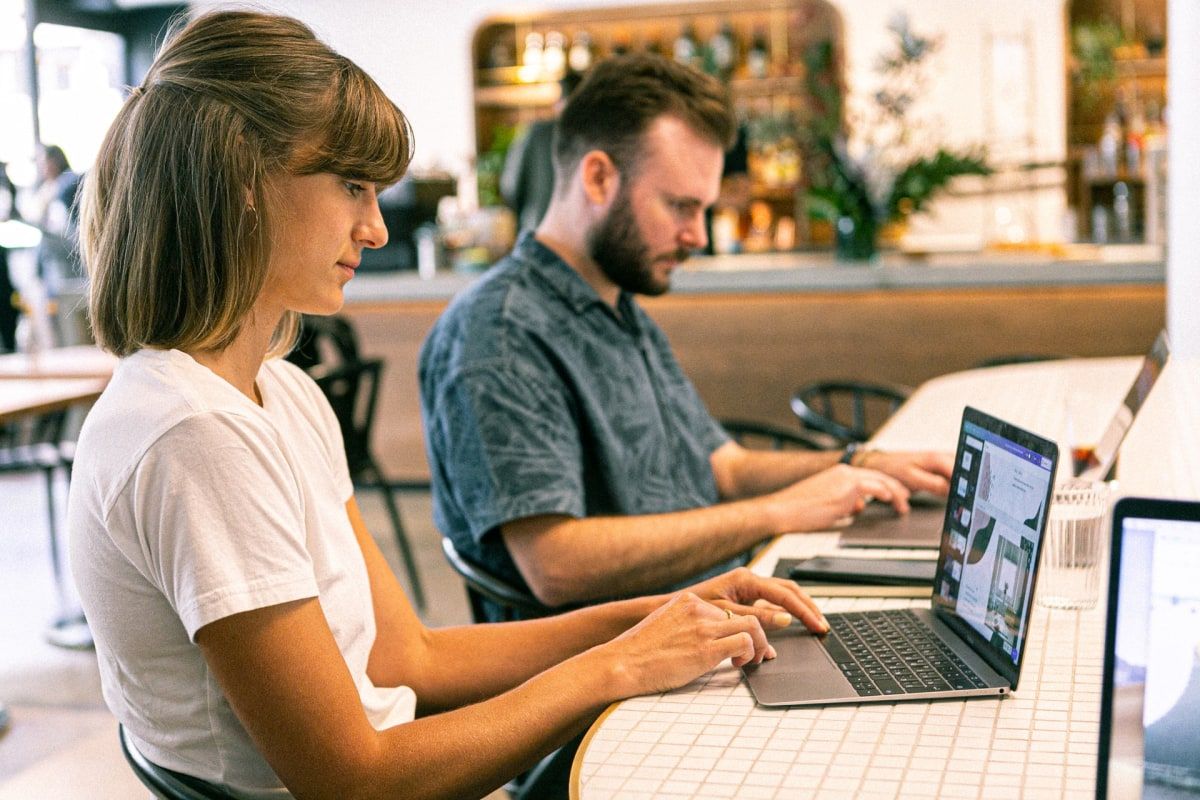
Don't forget your network!
As part of your research for the role, explore your professional network. Check out the company's Behance, Dribbble, AngelList, and LinkedIn accounts — you might know someone (or know someone who knows someone) who has worked at the company you're interviewing for.
Don't be afraid to reach out to them! Most people are more than happy to help by offering advice or insights. Anything you can learn will give you a significant edge over other candidates who didn't take the initiative.

Step 2: Research the job description
Perhaps the most important part of your preparation for your graphic design interview is to thoroughly read the job description.
As we've mentioned, hiring managers usually have a very specific list of skills, strengths, and requirements that they're looking for. Hiring great designers is time-consuming and they don't want to waste their own time.
You can almost guarantee they'll make this clear in the job description. To prepare for your graphic design interview, you need to understand exactly what the hiring manager is looking for and then tailor your answers around that.
While this might seem ridiculously obvious, you'd be surprised how few candidates do this. It's very easy to get caught up in polishing your portfolio before an interview and ignore this. When the time comes, be ready to answer exactly what the interviewer is looking for.
Read and reread the job description. Look for anything in the job description that will help strengthen your answers. Here are a few key things to look for:
- Technical skills: Specific skills, tools, and software that the company and design team prefers to use are obvious. For example, you might uncover that the team uses design tools that you're highly experienced with (e.g. Illustrator, Photoshop, Webflow, After Effects, or Figma). Less obvious things to look for may include specific creative processes or strengths and interests that are highly valued. For example, you might be preparing for a job interview with Lattice and are interviewing for a graphic design job. In the job description, they may mention that they are looking for designers with a specific interest in brand design which encompasses a number of different skills. You can use this information to talk about your experience on brand design projects and your creative process. This will ensure you stand out from more generalist graphic designers.
- Nontechnical skills: Cognitive, social, and personal attributes uniquely valuable in the position and company culture. For example, communication, leadership, and decision-making skills.
- Traits and values: The specific values that are valued will depend on the company and its industry to a lesser extent. For example, if you're applying to fully remote companies, they'll appreciate the ability to work independently more than a cohabited company would.
The specific tools and software that a company uses are often referred to as their tech stack. This knowledge is invaluable because you can focus your answers on where your skills overlap and easily weave these into your answers to show the interviewer you have the exact skills and experience they're looking for.
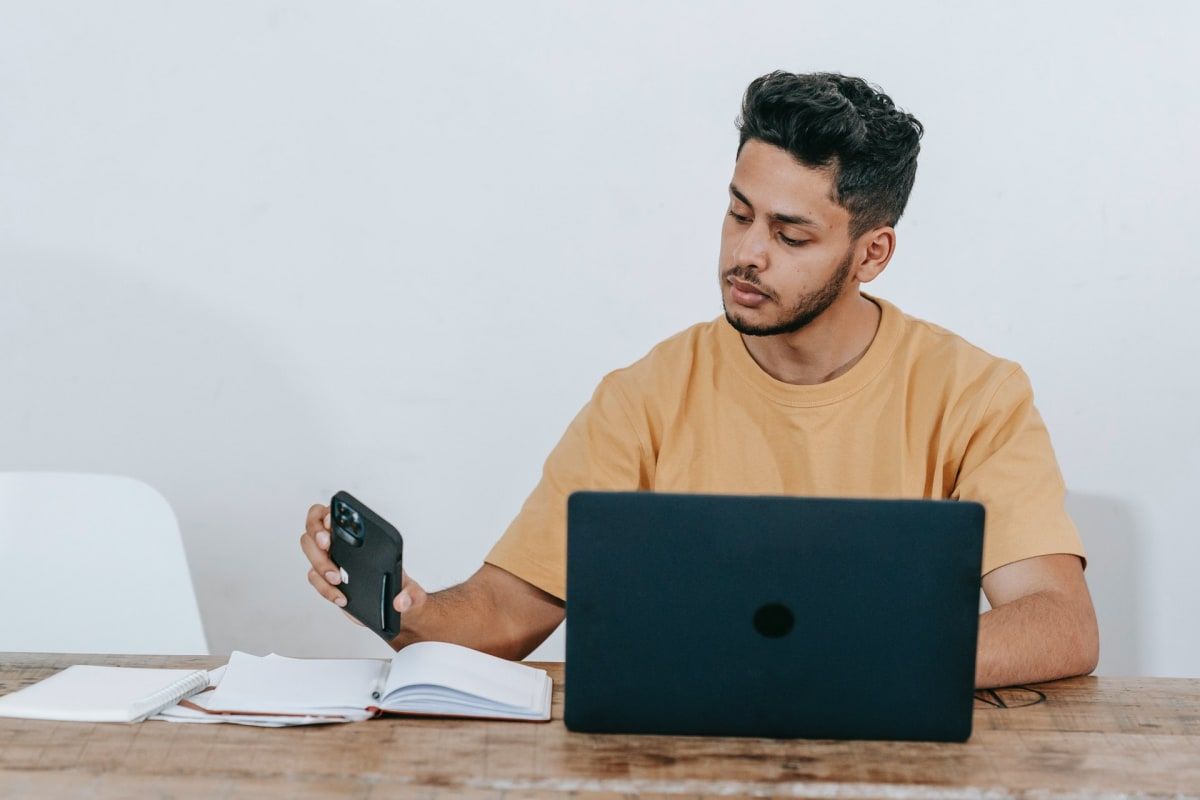
Step 3: Prepare answers to common graphic design interview questions
By now you should have a thorough understanding of the following:
- The company;
- Their design culture;
- What tools and software they use (tech stack);
- Their creative process; and
- What the hiring manager is looking for for this specific role.
Now it's simply a matter of tying them all together and preparing some fantastic answers to common graphic design interview questions that you can expect.
Remember, what matters most here is that your answers are as relevant to the company and the job description as possible — you want to make it clear that you're the best fit for the job. It can be tempting to talk about projects and skills that you're proud of, but if they're not relevant it can harm your chances of making a great impression.
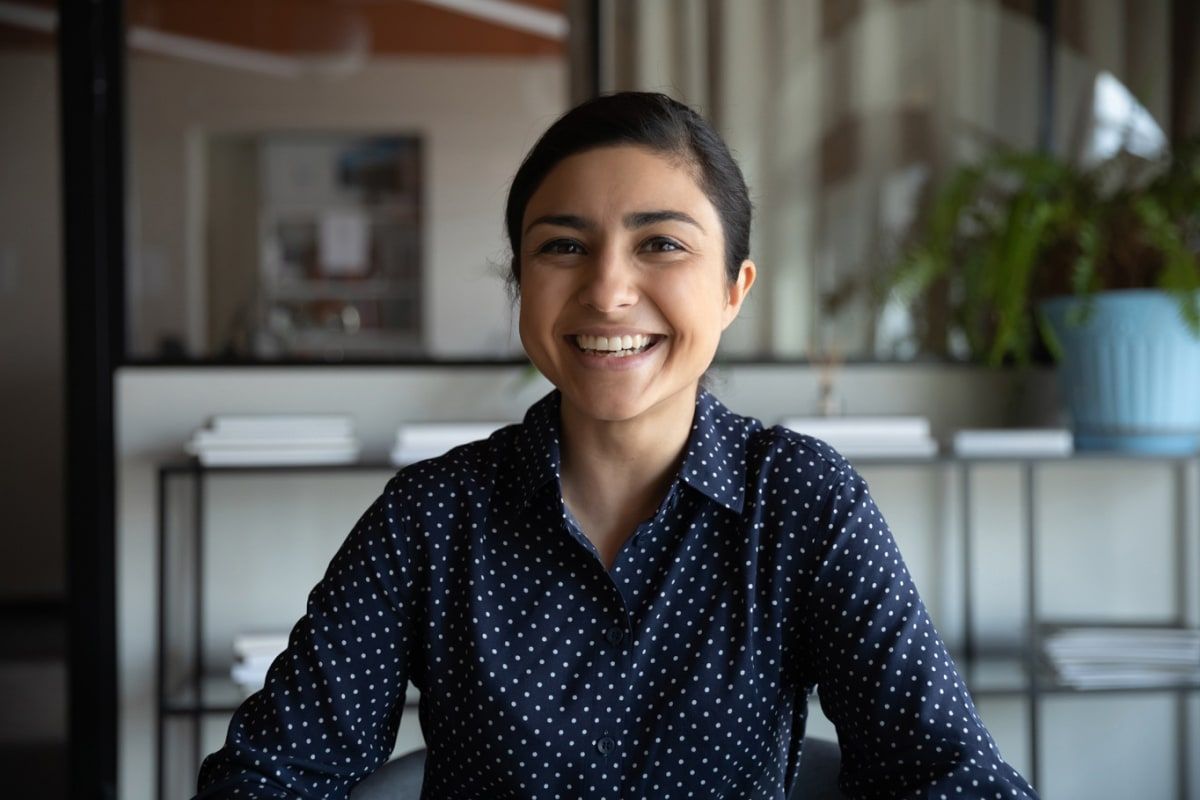
Follow the STAR interview method for behavioral interview questions
As part of the interview process, hiring managers will often ask behavioral interview questions. These are situational questions that are designed to assess how you react to difficult or complex situations.
For example, you may be asked to "Describe a time when you were faced with a tight deadline for a graphic design project. How did you handle this?" Hiring managers ask these kinds of questions because they're a good indication of how you'll react, behave, and perform in the role if you were to be offered the job.
In general, you can spot a behavioral interview question by looking out for the following phrases:
- "Tell me about a time..."
- "Describe a time..."
- "How did you handle [a situation]?"
- "Give me an example of..."

While this can sound daunting, if you've done your research on the company and job, they're actually super easy to answer! The best approach is to follow the STAR interview method.
STAR stands for situation, task, action, and result:
- Situation: Describe the situation as it forms the basis for the rest of your answer.
- Task: Outline your goals or problems.
- Action: Describe the steps you took to solve the problems or achieve your goals.
- Result: Explain the consequences of your actions and how you contributed to the company. Where possible, quantify your impact.
In a nutshell, the STAR method is simply a structured way to answer behavioral interview questions that include a real-life example. This ensures your answer is as effective as possible, engaging, and easy-to-follow for the interviewer. If you're faced with a behavioral question you didn't expect in the job interview, just relax and think of this acronym!
Check our list of common job interview questions and behavioral interview questions to prepare for, as well as our growing library of in-depth guides to common interview questions.
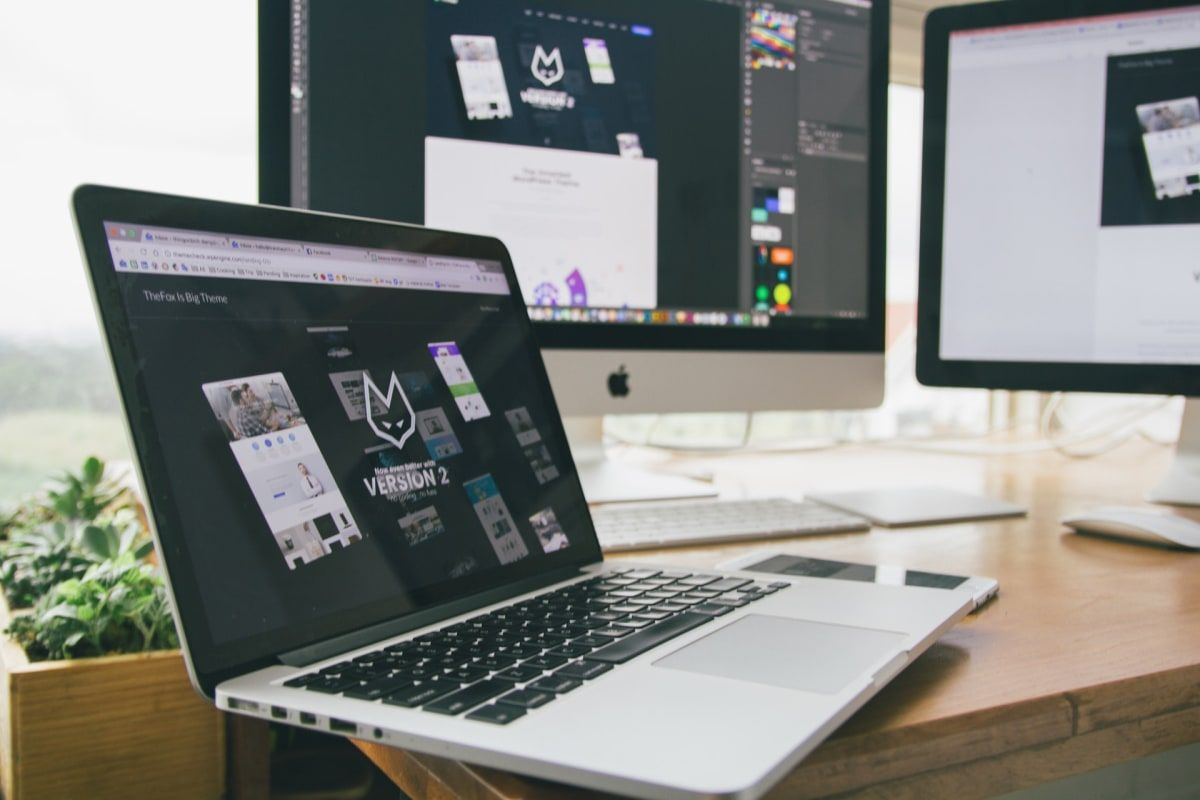
4. Practice answering common graphic design interview questions
We've prepared a list of the most common graphic design interview questions below with great answers to get you started. Use these as a base and write down your own answers based on your own experience and your research about the company and job description.
Remember, you want to tailor your answers best you can to what the hiring manager is looking for. Don't lose sight of this. Hopefully, by now, this is pretty clear from your research.
Once you're ready, practice reading your answers out loud in an imaginary interview. This might feel silly, but it's a great exercise in remembering your answers, improving them, and even helping to calm your nerves.
You can take this one step further and ask a friend to act out some mock interviews as part of your preparation for the interview. We've written a helpful guide on how to get the most out of mock interviews.

Common product design interview questions (with example answers)
Here are thirteen common graphic design interview questions that you can expect to be asked. We've included some example answers for you to use as a base for your answers.
These interview questions are specific to graphic designer job interviews. Make sure you also check our list of common job interview questions and behavioral interview questions as part of your preparation.

1. Can you tell me a little about yourself?
"I'm a graphic designer based in Sydney. I've spent the last 2 years working with the wonderful design team at Intercom as a content designer. Before Intercom, I was a senior graphic designer at Notarize for 3 years.
While I'm a content designer at Intercom, I do a lot of freelance work in motion design which I really enjoy and am passionate about. This is one of the reasons I'm so drawn to this role! I'm a huge fan of Webflow's educational videos — they're the best I've ever seen. I'd love the opportunity to work more with After Effects, video production and motion design and I think my strong background in content design can really contribute something unique."
Why this is a good answer
This is a good answer because it is brief, provides context for the interviewer, and concisely establishes your background, skillset, strengths, and design interests. It's very clear why you're passionate about this specific role and clearly shows that you have a number of skills and experience that are relevant to this specific job.

2. What is your design process?
"This depends largely on the project and if we're working towards a tight deadline, but I always try to follow a creative process to work as efficiently as possible.
The first part of my design process always involves research. Before even opening Figma or Photoshop, I need to understand the problem. This usually involves market research and talking to the client and anyone involved. I like to establish clear exactly what success looks like at this point to ensure we come up with the best solution.
Once I have a thorough understanding, I can start working on ideas and a creative solution. This is usually an iterative and collaborative process, especially if I'm working with other designers. The important thing is to keep everyone in the loop, over-communicate, and to take on and incorporate feedback."
Why this is a good answer
A good graphic designer will generally have a clearly-defined process that they work through. While the specifics of the process may not be super important, what the interviewer is likely looking for is an indication that you're process-oriented, organized, and are a team player that can work with others and solicit feedback.
You don't have to dive into the details, just a concise summary will do. This is a great answer because it is brief and ticks all the right boxes. It's abundantly clear to the hiring manager that you're an experienced professional who understands the importance of a design process, that you can work well with other teams/clients and can handle and incorporate feedback.
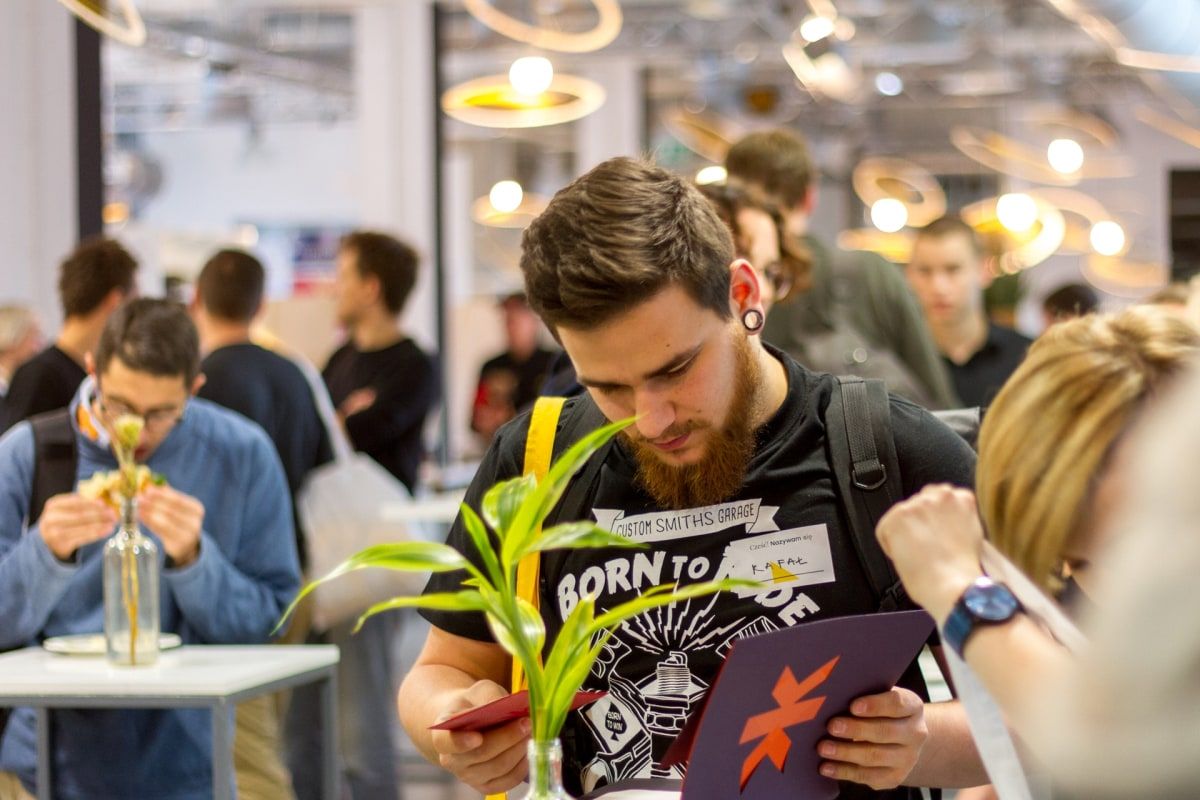
3. What are your strengths and weaknesses?
"I'd say my greatest strength is in illustration and content design. I've been working as a senior content designer for over 4 years now at big companies such as Wealthsimple and Upwork, and I've realized it's what I love doing and that I'm good at — it's one of the reasons I'm so attracted to this role at Doist!
Public speaking and presenting my work makes me nervous. I don't do a lot of public speaking in my current role, but I understand it's an important skill — especially if I want to move into a design management position. To work towards improving this, I've been working on a public speaking online course and have started presenting what I've been working on at our weekly standup. I've got a way to go still, but I can definitely see it is helping."
Why this is a good answer
Potential employers can learn a lot about you from your answer to this question. Make sure you highlight your relevant skills and experience, focus on the positives (even when discussing your negatives), and keep your answer concise and memorable.
Hiring managers are not just trying to evaluate your technical skills, they're also looking for indications of how honest, transparent, and empathetic you are. Most technical skills can be learned — this question is often more about your mindset and attitude towards work and upskilling.
This is a great answer because it's clear that you've done your research on the role and have an understanding of where your current skill set aligns with the requirements and where it lacks — you understand that this role will involve more public speaking. Even better, your answer explains the steps you are already taking to develop areas where you know your skills are lacking. This demonstrates honesty, ambition, self-awareness, and initiative. Above all, it shows you have a level of professional maturity to step up into a management position.

4. What type of graphic design work do you enjoy the most?
"While I have a strong background in brand design and branding, lately I've been gravitating much more towards web design. I really enjoy using Figma and have started learning Webflow to build out my personal website."
Why this is a good answer
As part of your research for the graphic design interview, noting down specific skills and software mentioned in the job description or used by the company is an invaluable exercise. With this knowledge, you can weave these into your answers to make it clear that you have extensive experience with these specific skills and are a good fit for the job.
This answer is genuine, honest, and highlights your strengths in key skills and software that are mentioned in the job description.

5. What made you decide to be a designer?
"I actually have a background in content writing and run a blog in my spare time. I started getting more interesting in design when I began using Canva to create small graphics and infographics for posts.
From there, I dove into Photoshop, Illustrator, and more recently, Figma, and have been obsessed since. I love that graphic design can be a form of visual storytelling. Looking for great examples of illustrations was actually how I stumbled across Abstract's blog in the first place — it's some of the best work I've seen and I'd love the opportunity to work with such an incredible team."
Why this is a good answer
The details of this answer don't matter as much: what the hiring manager is looking for is that you're clearly passionate about your work and enthusiastic about the role.
What makes this is a particularly great answer is that you've weaved in the specific skills and tools that are applicable to the role you're applying for and have prior experience with the company and are inspired by their work.
Employers want to hire designers who are passionate about their work. They want to see if you’re enthusiastic about the design industry and your chosen career path.
If you have a short anecdote about how you got started, this is a great time to tell it. If not, discuss how you first became interested in design, whether it was because of a particular design you saw, a problem you encountered, or a mentor who inspired you.
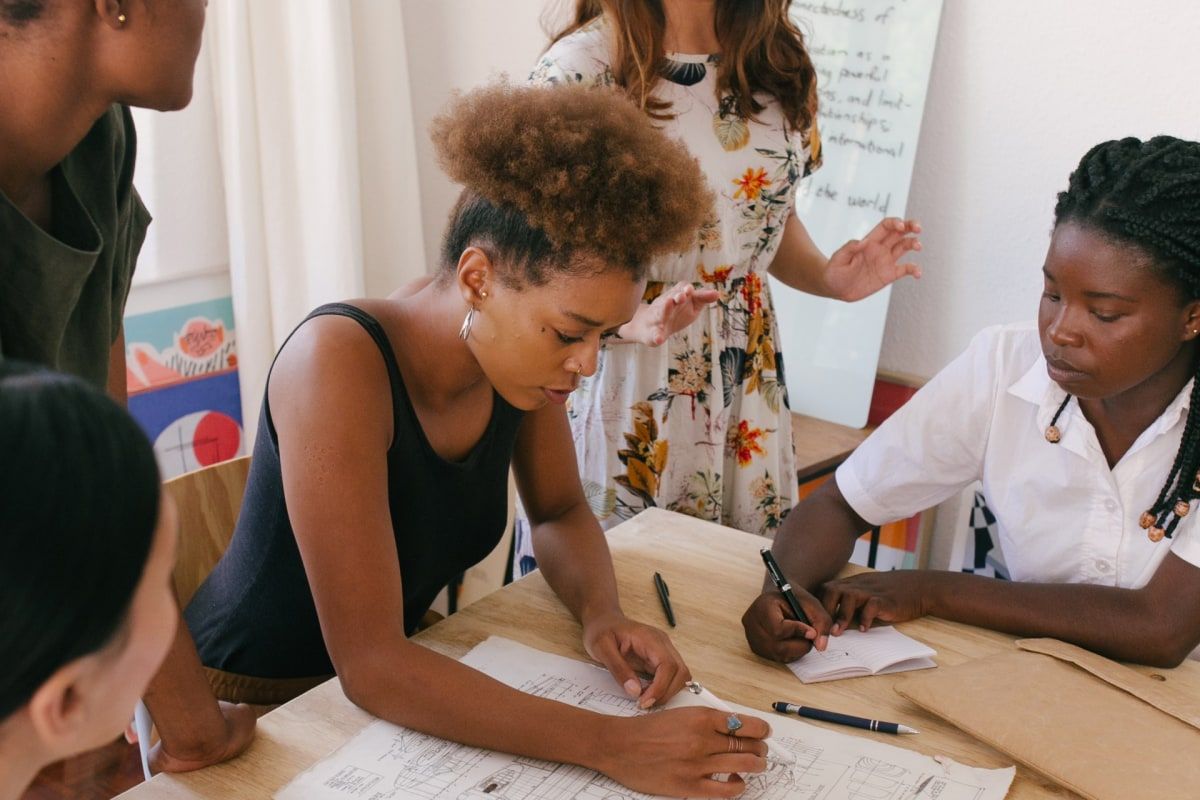
6. Why are you interested in working for our company?
"I'm interested in this graphic design at Mailchimp because it revolves around two of my greatest strengths: brand design and illustration. I've worked as a brand designer for over five years now at some great companies and working on brand identities and is something that I excel at and enjoy. Seeing the impact of my work on Dropbox's rebrand, and witnessing it cascade across our customer base was immensely satisfying for me.
I've always considered Mailchimp's design team to be the absolute best in the industry, and I became obsessed about this opportunity when I read your team's post on where they want to take things next. I think I have the right skill set to fill the gap, particularly with illustration."
Why this is a good answer
This is an incredibly important question to get right. Hiring managers ask this question to assess how well you've researched the company and role, and to understand how your skills will be an asset to the team.
This answer does just that. It shows the interviewer that you've read the job description, researched the company, and understand how you could contribute to the company's direction and missing skillsets. You're the missing piece of the puzzle.

7. Why do you want this graphic design job?
"Stripe has a fantastic reputation. I have a few former colleagues working here, and I've seen how much Stripe's mission to increase the GDP of the Internet bleeds into everything you do.
You're also trendsetters in the design industry and clear evidence that great design can be a differentiator. I recently helped Intercom overhaul their entire visual design identity and differentiate them from other CRMs and chatbots, and I believe I could contribute significantly to the visual design and improvement of Stripe's design identity, particularly across your growing portfolio of products."
Why this is a good answer
Hiring managers love candidates who are passionate about company values. This goes far above the job. Highlighting an aspect of their culture shows you've done the research. This particular candidate has also highlighted that they've worked as a brand designer for another highly successful company, which implies they understand the problem deeply and have relevant experience and skills to have a great impact.
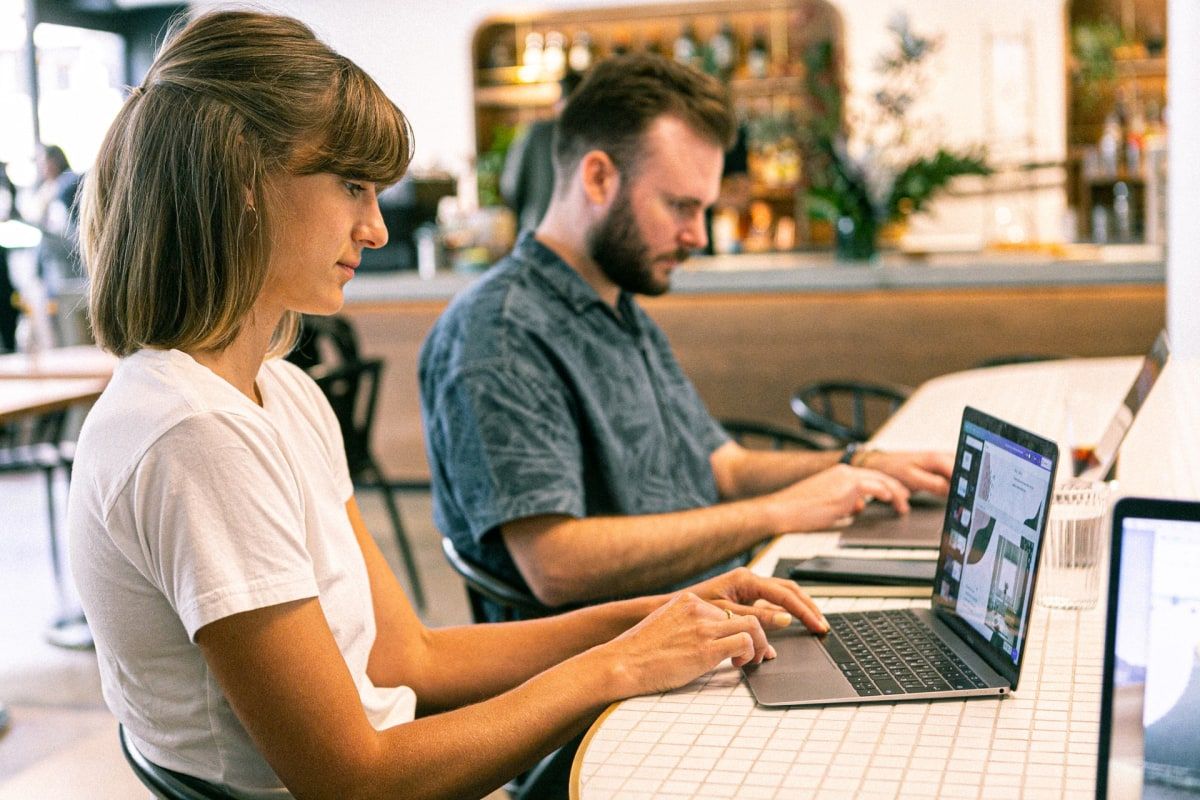
8. Describe a situation where you had to meet a tight deadline and how did you deal with it?
"When I was a visual designer at Loom, the team was working on releasing their brand new Chrome plugin. As part of this release, there were a number of deliverables that my team had to organize and deliver as part of the launch.
Our goal was we deliver all the visual assets that accompanied the Chrome plugin, mainly the visual assets included in the documentation and various illustrations for the website. It was quite a big task, but the CTO really wanted to launch the plugin with a tight deadline.
To tackle this, my team and I spoke to the content team, the web design team, and the product managers working on the project and put together a list of deliverables. We then used Asana to plan and keep track of everything and left enough buffer for the content team to finish their final edits. It was a lot of work, but the best thing we could do was to get started ASAP.
By the time the launch came around, we were actually waiting on the product team to do the final testing of the plugin! This was great because it allowed us more time to iterate and improve on the design assets and make the launch even better. In the first two months, the plugin was installed 2 million times and is now around 5 million. It also has one of the highest ratings in the Chrome web store and the quality of the documentation illustrations are mentioned in a bunch of reviews. We were particularly proud of that."
Why this is a good answer
This is a common question asked in graphic design interviews because it helps the hiring manager understand how you perform under pressure and how you might handle a similar situation in this new role.
Managing projects with short turnaround times are part of being a designer, it's more about how organized you are and how well you can handle the pressure.
This is a great answer because it leverages the STAR method to explain a real situation where you were faced with difficult time constraints on the design process, but still made the absolute best of a difficult situation and worked your way through the problem.

9. How do you handle design criticism or negative feedback?
"Design criticism and feedback is an important part of the job, especially because graphic design can be subjective in a lot of situations.
I always try to separate my work from my emotions. If a client doesn't like or design solution, that's entirely their right. A good designer should be able to handle that professionally, get to the root of why the client doesn't like something, and then work with them to fix it and come up with something they love.
Is this a pleasant experience? Not usually. But if it's handled amicably and in a friendly manner, it always leads to a good outcome for both parties."
Why this is a good answer
Negative feedback is just a part of the job. Hiring managers understand this. What they're really looking for is how you bounce back from negative feedback and improve the situation.
This is a good answer to this question because it does just that. It shows that you have the professional maturity and social EQ to handle the situation and work on a solution both parties are happy with.
If you can show that you're professional and can leave your ego at the door, you'll make a great impression on the hiring manager.
If you have any specific scenarios where you've worked through design criticism, it's always a good idea to include them in your answer! Structure them using the STAR method to show how you handled the criticism effectively.

10. What makes someone a good designer?
"I think a lot of people misinterpret graphic design as just creating pretty visuals. I think good graphic designer does much, much more than that. Technical skills in Figma, Photoshop, Illustrator, and InDesign are important, those skills can be learned and good design is more than aesthetics.
Great graphic designers are good communicators and problem solvers first and foremost. They're able to observe and understand a complex problem or idea, and then design creative ways to simplify and convey this visually.
Of course, it goes far beyond this — great graphic designers should also have strong interpersonal skills, be able to work well within a team, and always be patient and open to learning and feedback."
This is a great example because it shows you understand deeply what it means to be a well-rounded creative. Hiring managers are not just looking for candidates who have the technical skills to do a job (although it helps), they're looking for good designers who understand the importance of collaboration and communication.
This is a great answer because it touches on all of the key skills and strengths that the hiring manager is looking for in the job description, including soft skills such as the importance of interpersonal skills and patience that are paramount. This is the kind of answer that will set you apart from candidates who solely focus on the obvious aspects of the role.
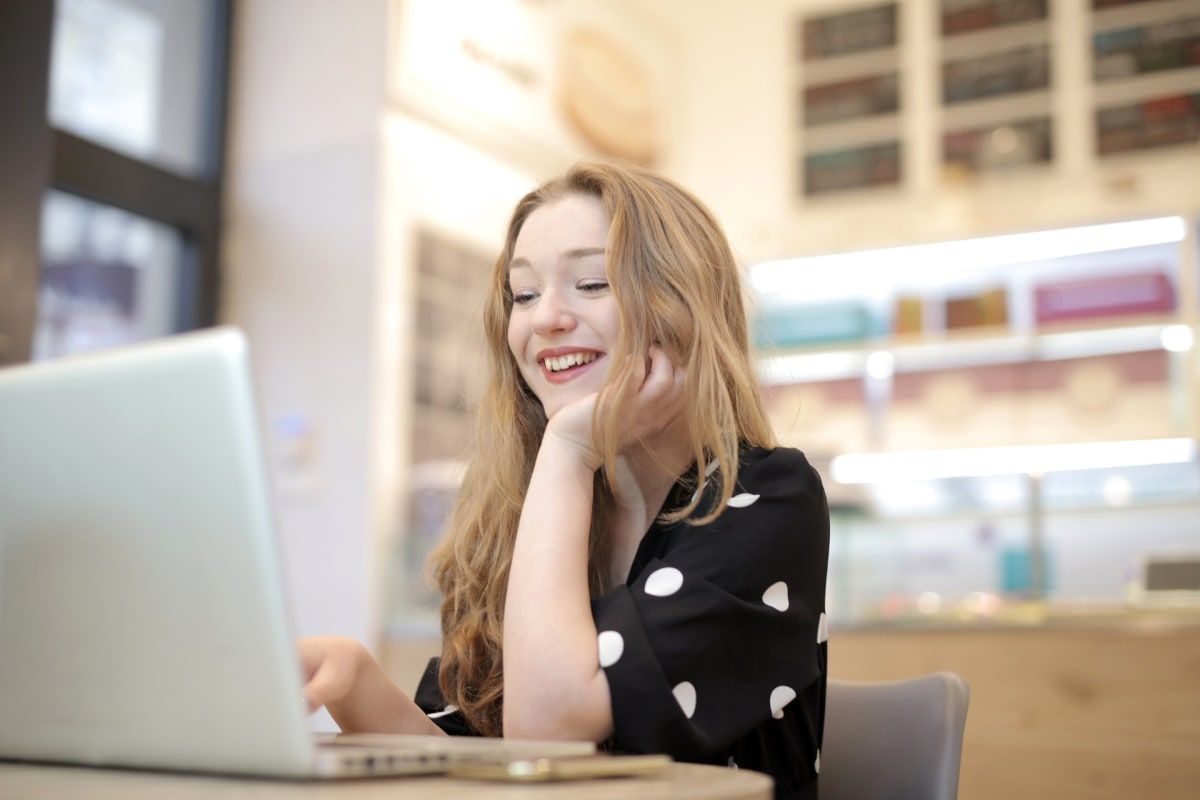
11. Do you have experience working with style guides or design systems?
"Yes — when I started at Zendesk as a visual designer, they were already quite an established team and were in the process of formalizing their visual language. I helped work on the intial styleguide that eventually because their public Brandland.
This was a great exercise to work on as one of my first project at Zendesk because it gave me the opportunity to deeply understand their existing design processes and brand. By pulling this together in one single place, we were able to scale our design team much faster while maintaining consistency and a unified brand.
Consistency is incredibly important when working across large design teams, and it's something that sets apart amateur designers and professionals. Consistency and scalability are important, especially at the start of new products. Without a proper styleguide or design system to work from and build upon, maintaining consistent designs and remembering design decisions just becomes a mess. Over time, this builds expensive technical debt that will eventually have to be sorted out."
Why this is a good answer
Hiring managers are looking for graphic design candidates that are the best fit for their specific job. If you're applying for a graphic design role at a large company, chances are they'll already have a unified visual language that they work from.
Inexperienced or lazy designers can struggle to adhere to and improve style guides and design systems. Hiring managers will often ask this question to ensure you're not one of those designers.
This is a great answer because it demonstrates that you not only have experience working with style guides and design systems, but you deeply appreciate the value and importance of maintaining them and improving them.

12. Can you give an example of a project that went well?
"Of course! When I was a graphic designer at Eight Sleep, I worked on a project with the content team to design infographics and interesting visuals for their top 10 most popular posts.
The goal was to not only improve the posts visually, but to give the content team assets to share on social media and promote discussions about the posts.
I researched dozens of companies and best practices and pulled together a collection of great examples in Figma to share with the content team. Once we were all aligned on th best approach and visual direction, I spent several weeks creating and iterating on these assets in Figma and Illustrator, uploading them to our CMS in Webflow as I went.
Once the new posts were live and re-shared and our social media accounts, I tracked their engagement and we saw a significant uptick. The engagement rate increased by 45% and blog traffic was up 20% over the following quarter. A lot of this traffic, surprisingly, was from infographics shared on Pinterest. This has since turned into a valuable growth lever for the content team and we applied the same to the entire blog."
Why this is a good answer
This is a great answer because it leverages the STAR method to help the hiring manager follow along by providing a focused answer with a digestible but compelling story. Using quantifiable metrics shows clearly that your work had a positive impact and that you're data-driven.
Remember, your job as a candidate is to provide interview answers that help the interviewer assess your strengths and skills. This answer also helps them determine how well you might fit into the job by sharing your strengths and specific tools and software that you use. Bonus points if these are specific tools and software that their team already uses!
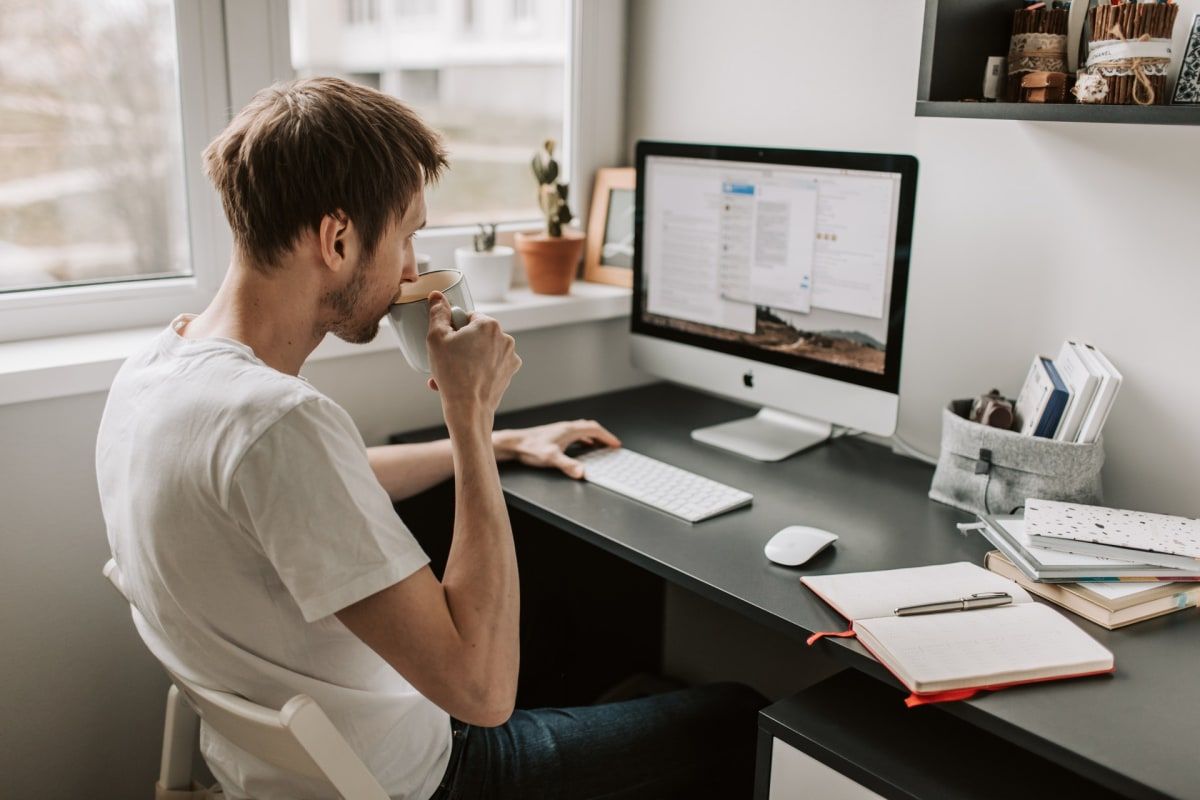
13. Can you give an example of a project that didn't go well? How did you handle it?
"Prior to my graphic design role at Twilio, I was working with a large agency in London on a project for British Airways. It was a very large campaign and I was tasked with creating posters and some other small deliverables for ads.
The goal was to help British Airways launch their rebrand and they were also working with another external copywriting agency.
When the account manager was presenting the posters to the client, they weren't overly happy with the approach and gave the feedback that they were "too crowded". While this was disappointing, I did several more revisions of the designs but we continued to get them knocked back.
By this point, understandably, the client was a little frustrated by the multiple revisions. I requested to sit in on the client meetings so I can better discuss how we can improve. The problem was, in fact, that the copy on the poster was too busy for the small amount of space we were working with.
I asked the client if I could work directly with the copywriting agency to turn around another revision as quickly as possible with them. We were able to provide us with alternative copy ideas and we worked quickly to turn them around for the client.
In the end they were very happy with the new designs with shorter copy! This was a valuable lesson for me because the entire process could have gone a lot smoother with better communication from all parties. This would have undoubtedly uncovered the problem with the copy length much earlier and saved a few late nights and headaches."
Why this is a good answer
Everyone has bad projects and makes mistakes. What matters is how you handle them and learn from them.
This is a great answer because it encompasses the STAR method to share a compelling story about a project you worked on that didn't go well. It provides an insight into how you'll handle similar situations if hired for the role.
Hiring managers ask this question to determine how well you can hold yourself responsible for mistakes, take ownership of difficult situations, and importantly, how well you learn from these experiences.

Find a remote job on Himalayas
Himalayas is the best place to find remote jobs and hire remote employees. We're focused on providing a job search and hiring experience with great UX focused on speed and efficiency.
Apply privately to 2,000+ remote jobs and discover 1,600+ remote companies. We make it easy to filter by time zone, visa restrictions, and roles so you can easily find remote companies that want to hire you based on your skills and where you live.
We'd also love for you to join our free remote work community.







